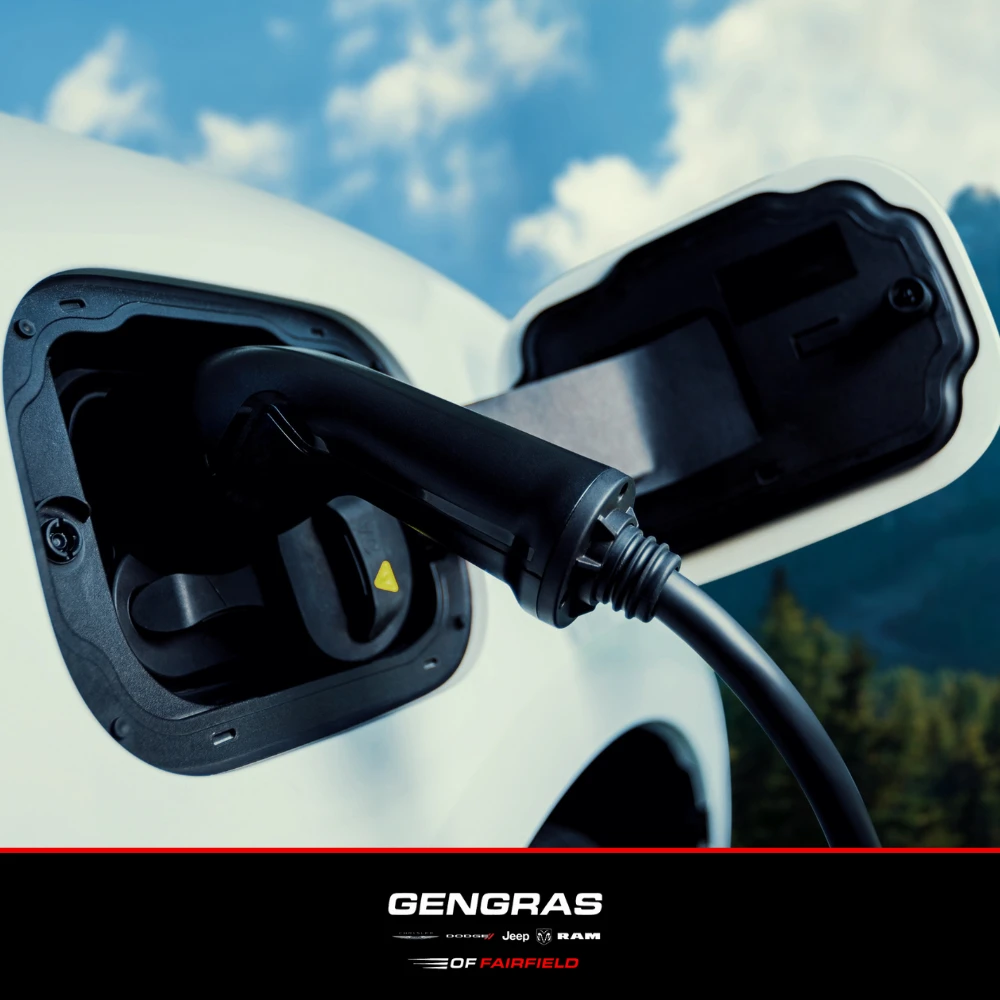
Gengras CDJR Fairfield presents this comprehensive guide to help you successfully install a ProCharger system on your Dodge Challenger R/T. Installing a ProCharger is a great way to boost your vehicle's performance, adding significant horsepower while maintaining its reliability. Here's everything you need to know, including tips and tricks for a smooth installation.
Is a ProCharger Right for Your Dodge Challenger R/T?
Before diving into the installation, ensuring your Challenger R/T is in good condition is crucial. The ProCharger system is designed for well-maintained engines and can reliably deliver a significant horsepower boost when installed correctly. If your vehicle has over 75,000 miles or shows signs of mechanical wear, consider addressing these issues before proceeding to avoid complications later.
Tools and Supplies Needed
You’ll require the following tools to complete the installation:
- Socket sets: â ÂÂÂ-inch and ½-inch (standard and metric sizes)
- Wrench sets: Open-end (standard and metric)
- Hex bit set: Allen (â ÂÂÂ-inch)
- Flat and Phillips screwdrivers
- Pliers set
- Pipe thread sealant and coolant
- Specialty gauges: Boost pressure, fuel pressure, and wideband oxygen sensor gauges for testing
Step-by-Step Installation Process
1. Prepping the Challenger
- Remove stock engine components, such as the serpentine belt and coolant reservoir, to make space for the ProCharger system.
- Verify the vehicle's ECM software is up-to-date, as this ensures compatibility with the new components.
2. Installing the Main Bracket
- Attach the ProCharger bracket onto the engine using the provided bolts, spacers, and washers. Ensure a flush fit to avoid vibrations during operation.
- Use a 15mm socket to remove the factory belt tensioner and install the ProCharger-specific tensioner.
3. Mounting the ProCharger Unit
- Secure the ProCharger head unit to the bracket using the supplied hardware. Make sure all bolts are tightened to specifications.
- Fill the ProCharger with the supplied supercharger oil before running the engine. This oil is critical for lubrication and longevity.
4. Intercooler and Piping Installation
- Mount the air-to-air intercooler in front of the radiator. This step requires careful alignment to optimize cooling performance.
- Connect the ProCharger piping, cutting silicone hoses as needed for proper fit. Avoid over-tightening clamps to prevent leaks.
5. Reassembly and Testing
- Reinstall the removed components, such as the throttle body and coolant reservoir (if relocated).
- Perform a thorough check to ensure there are no loose bolts, leaks, or misaligned parts. Use the gauges to set proper boost and fuel levels during a road test.
Tips & Tricks for a Smooth Installation
- Patience is Key: Take the time to read the ProCharger manual thoroughly before starting the installation. Follow the steps in order for the best results.
- Monitor Engine Health: Use premium-grade fuel (91 octane or higher) and listen for detonation during initial runs. Reduce throttle use if unusual noises occur.
- DIY-Friendly Kits: Most ProCharger systems are designed for home installation, meaning you don’t need to modify the stock engine permanently. This allows for easy reversals if needed.
Jeep Dealers Near Me for Additional Support
If you encounter challenges during installation or prefer professional assistance, visit Gengras CDJR Fairfield or search for trusted “Jeep dealers near me”. Many Jeep, Dodge, and Chrysler dealerships have certified technicians who can help with ProCharger installations and other performance upgrades.
Upgrading your Dodge Challenger R/T with a ProCharger system is an exciting way to unlock its full potential. Keep this guide handy, and enjoy the enhanced power and performance of your supercharged engine. For expert guidance or additional resources, contact Gengras CDJR Fairfield today.